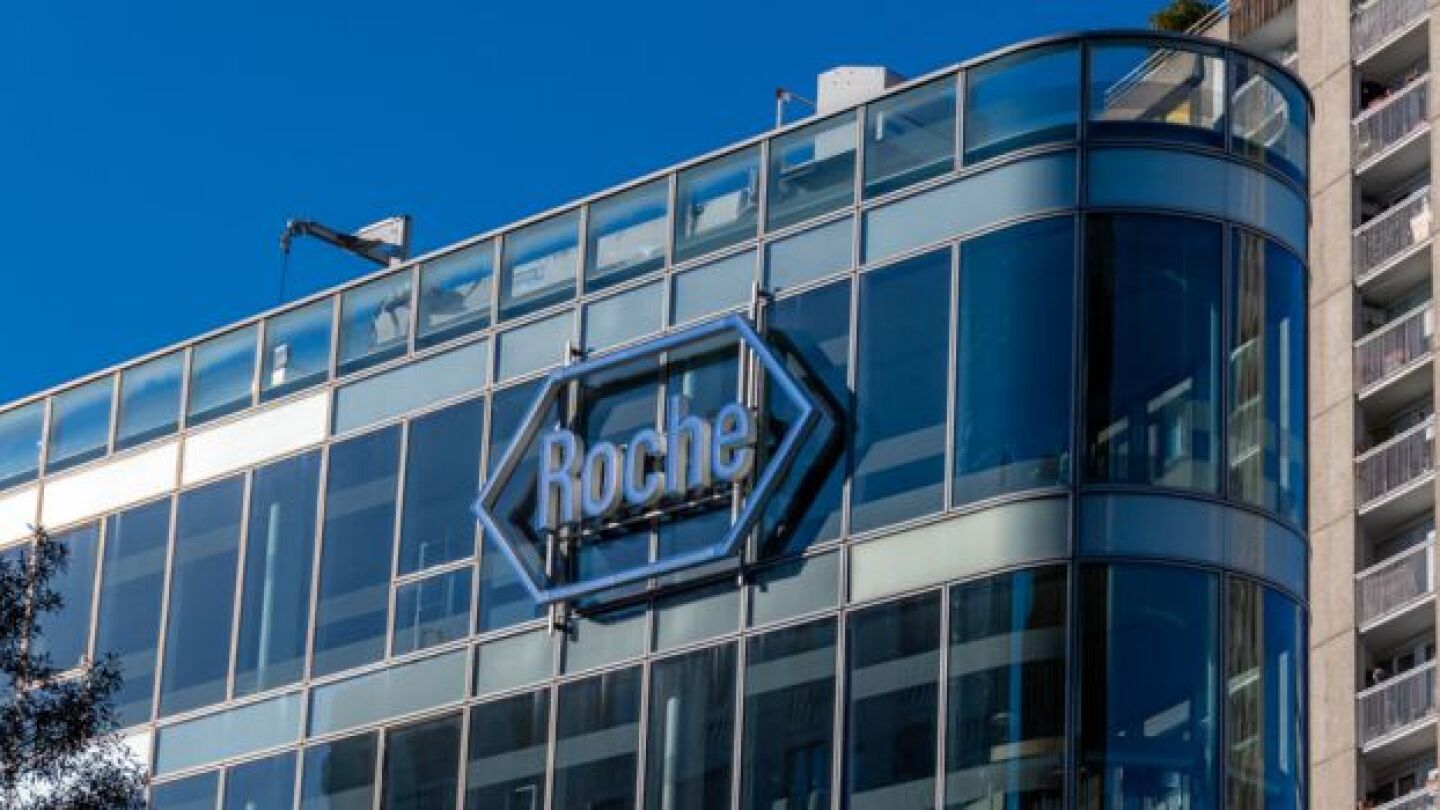Parkinson’s disease
Aspen is now also considering the possibility of an initial public offering next year in an effort to bring its cell therapy to the market.
Jefferies analysts said on Tuesday that Ventyx could leverage its mid-stage data for VTX3232 to position the oral drug candidate as a treatment for other neurodegenerative diseases, including Alzheimer’s.
Analysts at Jefferies give Roche and Prothena’s Phase III study just a 25% to 40% probability of success.
Mission Therapeutics is down to its clinical assets MTX652 and MTX325, which work by disabling a key enzyme that interferes with the cell’s normal process of removing faulty or dysfunctional mitochondria.
After SPN-820’s failure, Supernus is relying on its non-stimulant ADHD drug Qelbree and the recently approved Parkinson’s therapy Onapgo to sustain the company.
Before garnering approval on Tuesday, Onapgo had been rejected twice by the FDA.
After the Phase II failure of its lead asset from Cerevel, AbbVie is resetting expectations and narrowing the clinical program to an adjunct approach—for now.
Inhibikase’s setback continues biopharma’s losing streak against Parkinson’s, marked by several clinical failures and abandoned assets in recent months.
Already established as cornerstone therapies in diabetes and obesity, GLP-1 receptor agonists also show potential in several other indications, including cancer, addiction and neurodegenerative diseases.
The report comes just two days after Novartis announced its own Parkinson’s drug failure.
PRESS RELEASES










